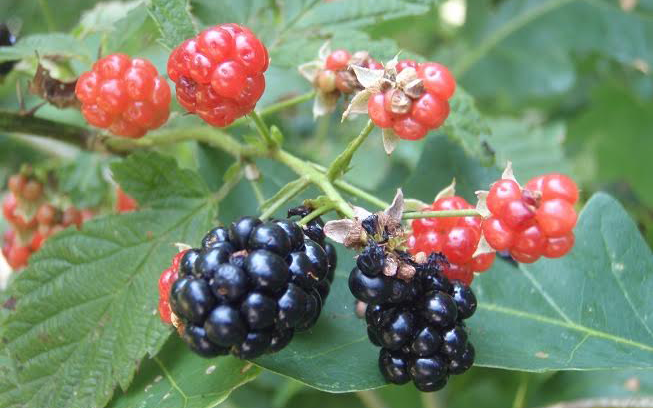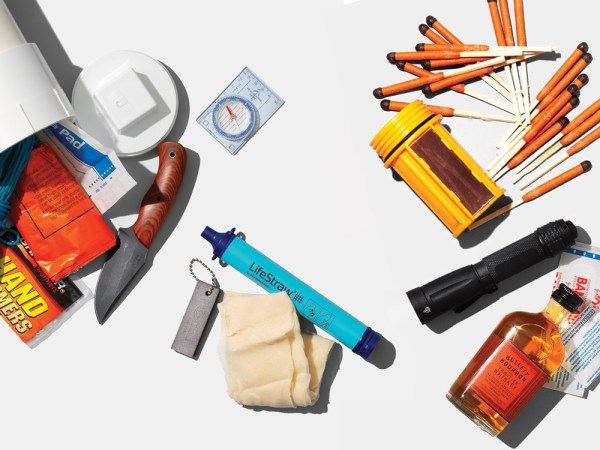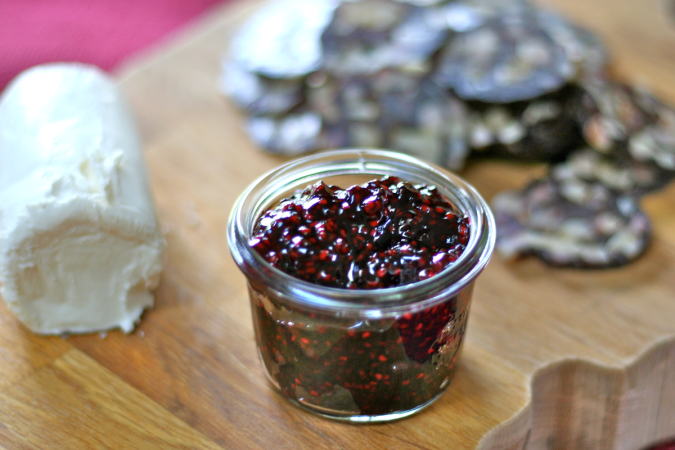Sure, cacti are tough. They survive in harsh desert climates on very little rain, and they are covered with spines that protect their watery flesh. But the thistle is another tough plant, and arguably more useful. It’s also found throughout many different regions, not confined to the arid country like cacti. Here are some of the survival uses for the misunderstood thistle, including food, water, and fire starting.
**Food **
There are many different species of thistle (Cirsium ssp. and Carduus ssp.) scattered across the Northern Hemisphere, and plenty to choose from in North America. There are no toxic species in the US, just a few bitter-tasting ones. Use a shovel to pop the tap roots to the surface, and to cut off their heavily spine-covered tops. The remaining roots can be washed, chopped and eaten raw. The roots can also be simmered, stewed or fried like most other root vegetables.
**Water **
Before the flower heads of a thistle start to swell and take form, a careful survivor can scrape off all of the sharp spines from the immature stalk and munch on it for a celery-like treat. Or it can be chewed just for the water it contains. It will take several stalks to get even a few ounces of water, but by chewing the stem and swallowing only the juice, you’re getting water with no need to pass a large amount of fiber.
Fire
Once the thistle stalks have died, they can be scraped to remove their spines. The slender ones can be used as hand drills, and the stout ones can be used as bow drill spindles for friction fire making. They aren’t the best in the land, but they are worth a try in any environment. An even better fire-starting material from thistle is the fluffy seed down. This cream-colored fluff will easily take a spark from ferrocerium rods, and it’s a great addition to the tinder bundles that you’d use in other forms of fire starting.
Is thistle a friend or foe to you? Please share your thoughts by leaving a comment.















